Ever wonder about the history of GrowNextGen? Learn all about it here!!
Bringing agriculture to the classroom
By Matt Reese and Dale Minyo
article courtesy of Ohio Country Journal
For generations, Ohio agriculture has recognized the valuable learning opportunities for young people who grow up on farms. The vast majority of Ohio’s children, though, do not get that opportunity.
This fact has extensive implications. In the late 90s, Ohio’s soybean growers recognized those implications and decided to try to bring lessons from the farm to Ohio’s young people.
“About 25 years ago, I was at home with my young sons and writing curriculum for Upper Arlington schools with a friend of mine who was also writing curriculum for Worthington schools. We both were educators with years of experience in the classroom,” said Jeanne Gogolski, CEO of Education Projects. “We got a call from a local marketing firm who said, ‘Hey, we have a client who’s interested in a curriculum writer. Can you come and talk with them?’ And we said, ‘sure.’ So we went to the meeting, and it turns out that it was the Ohio Soybean Council (OSC) with their checkoff dollars beginning to explore how to educate students in Ohio about modern agriculture, and in particular, soybeans.”
At first, Gogolski was not sure what to expect.
“I have to tell you at that first meeting, there was a little bit of angst. Why don’t kids in Ohio understand agriculture? Shouldn’t every student in Ohio know about soybeans? And I will admit to you in my head, I’m thinking, ‘Oh, I’m in trouble here because I don’t even know what a soybean is,’” she said. “I’m an adult. I’ve lived in Ohio my whole life. I went to The Ohio State University and I don’t really know about soybeans. It was a little bit of an intellectual challenge to find out how we can connect soybeans to Ohio students.
“We did about 3 months of research. We talked to farmers. I went places I’ve never been before, like soybean farms, like the Ohio Farm Bureau, like local county Extension, talking to people about what agriculture is and what a soybean is, and I was amazed. We came away with 30 pages of ideas for the Ohio Soybean Council about how to get kids, consumers, future consumers, and young people engaged in understanding food production, and maybe even considering an agricultural career. We gave them all of our ideas and walked away.”
Though she did not know it at the time, Gogolski’s involvement with OSC was just getting started.
“About a month later, Keith Stimpert, who was the executive director of OSC at the time, gave us a call and said, ‘How would you like to do some of these ideas that you had?’” she said. “Our first foray into the education world was a partnership with COSI, one of the largest science museums in Ohio. They partnered with us to put a pound of soybeans in every classroom in Ohio back in 1997, with 20 ideas about how you can use those soybeans to learn science. Can you get oil out of a bean? What are soybeans for? What’s the black spot? We had a project called Hot House Mouth where you put the soybean in your mouth and the seed coat loosened. And you learned about it being a dicot rather than a monocot and you germinated the soybean.”
These ideas grew to eventually form the GrowNextGen program.
“GrowNextGen was born about 10 years ago when we decided we had all these great materials, why not pull them together into a website where teachers could easily access these great activities,” Gogolski said. “Now GrowNextGen has 50,000 visitors a year and we do six or seven teacher workshops a year. It’s turned into an entire initiative around bringing agriculture in high quality curriculum lessons, virtual field trips, industry contacts — all the things that are on the GrowNextGen website — to mainstream science classrooms in Ohio.”
The teacher training component of the program has been particularly popular.
“We bring about 350 teachers a year in from around Ohio to do a two-day graduate level workshop to learn about ag biotech, for example, or to learn about how to hatch chicks in a classroom,” Gogolski said. “It’s had a lot of popularity. Those are new ideas to teachers and it’s a lot of fun. And when a teacher says to me, ‘This was the most amazing professional development experience that I’ve had in 20 years,’ that is music to my ears. That’s what I want to hear. And also, when a young teacher comes in and says, ‘Gosh, I really appreciate having new tools in my toolbox because my toolbox is pretty empty.’ The teachers are excited to be going home with new knowledge, curriculum they can use immediately in the classroom and supplies for their classroom. They are grateful.”
The excitement of the teachers carries over into their students.
“Now, every third grader in Akron City Schools hatches chicks. And while they’re hatching chicks, which is just a fun thing, they learn about the fact that chickens eat soybeans. They learn about the fact that Ohio is No. 2 in egg production. They begin to understand about animal agriculture and how they take care of chickens. And they begin to understand that when they’re eating an egg out of their refrigerator, that’s a non-fertilized egg,” Gogolski said. “I just got a video this week from an elementary school teacher in Columbus city schools, and they were watching their chicks hatch. You can hear all the noise in the background. You can picture the kids. They’re all going ‘Shhhhh, be quiet.’ The chick is coming out and they’re so excited. You can hear them squealing. One student says, ‘Maybe we should help them get out’ and the teacher says, ‘No I won’t help him. We learned about this. He has to get out on his own.’ So, they’re watching, watching and finally the chick comes out of the egg and the kids cheer in the background. They’re clapping and applauding just like Ohio State just scored a touchdown or something. It’s that kind of noise. How excited they are to see this chick come out of an egg! We need more experiences like that for Ohio students — especially for our urban kids, they need to have experiences connected to food production.”
Beyond this work, GrowNextGen has grown further.
“Take a look at GrowNextGen.org, and I think that you’re going to be amazed. If you’re an informal educator, maybe you’re a homeschool parent, there’s plenty of things there for you to use and it’s all free,” Gogolski said. “And thanks to GrowNextGen and Ohio soybean farmers, many years ago we started taking a very small number — three or five Ohio teachers — to Commodity Classic. And at Commodity Classic, they get to see 10,000 people gathered together, all talking about improving food production, and it is an awesome thing. We also now have this national program called Nourish the Future supported by the United Soybean Board and the National Corn Growers Association and we’re bringing teachers in from all over the country.”
GrowNextGen has been able to help shape the future of countless students through the years, and it all started with some forward-thinking farmers.
“We have seen huge return on investment from our GrowNextGen program,” said Mike Heffelfinger, OSC communications committee chair and Van Wert County soybean farmer. “Through its success, farmers should feel confident that the story of modern agriculture and soybean farming is being shared with students, building up a knowledgeable workforce for our industry’s future.”
That better future has been built with past investment of checkoff dollars.
“I do think the farmer board took a risk here to dedicate some money over several years to get this done. And I think even they’re surprised at the success of the program,” she said. “Agriculture is a high-tech, high-talent industry, and we think students and teachers need to understand that. When you bring agriculture to them, they’re amazed.”
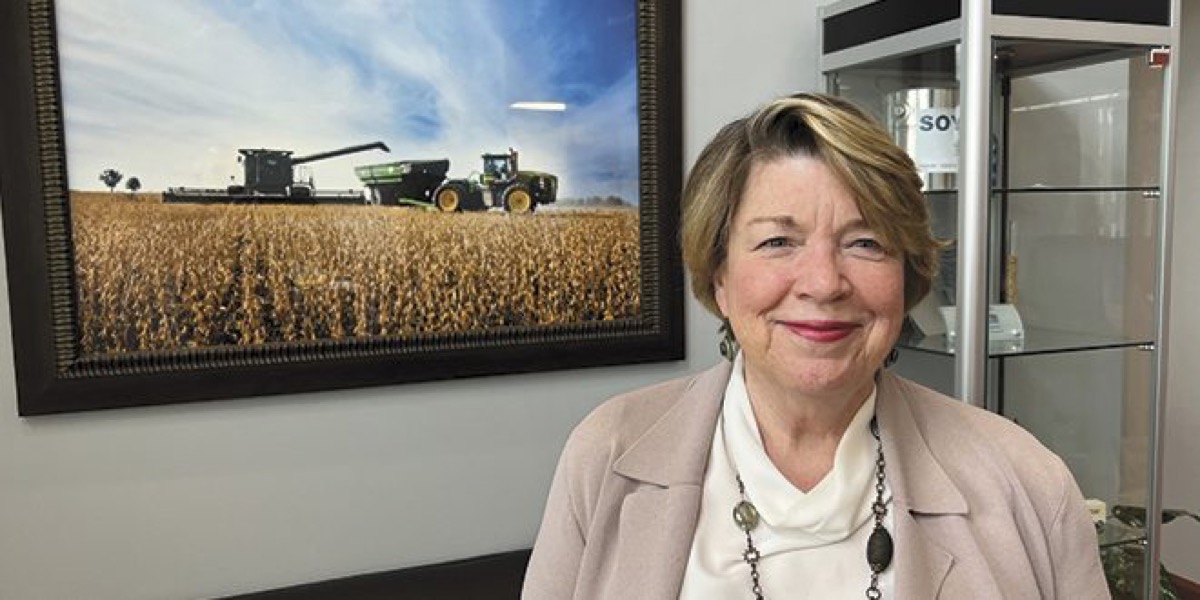
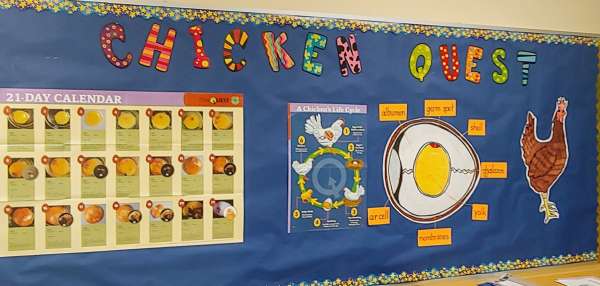
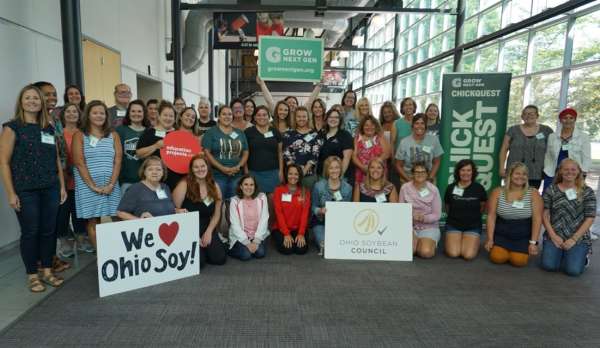
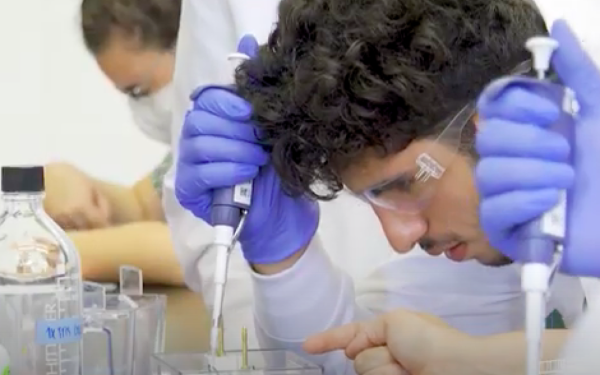
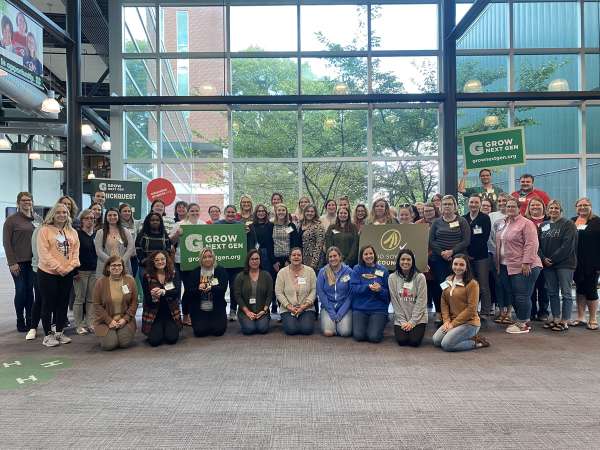
Share this